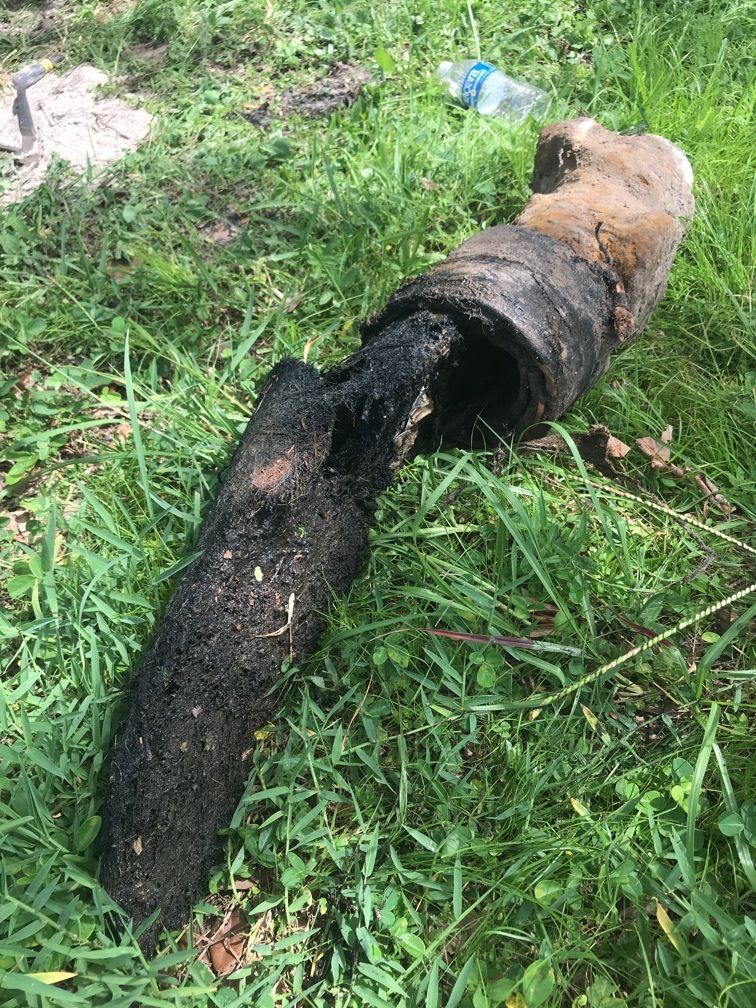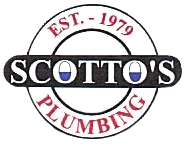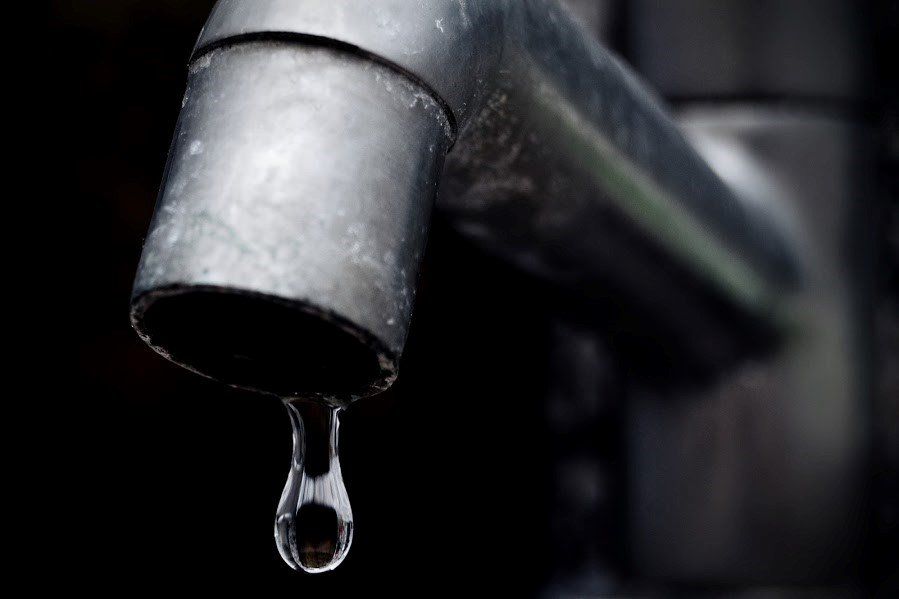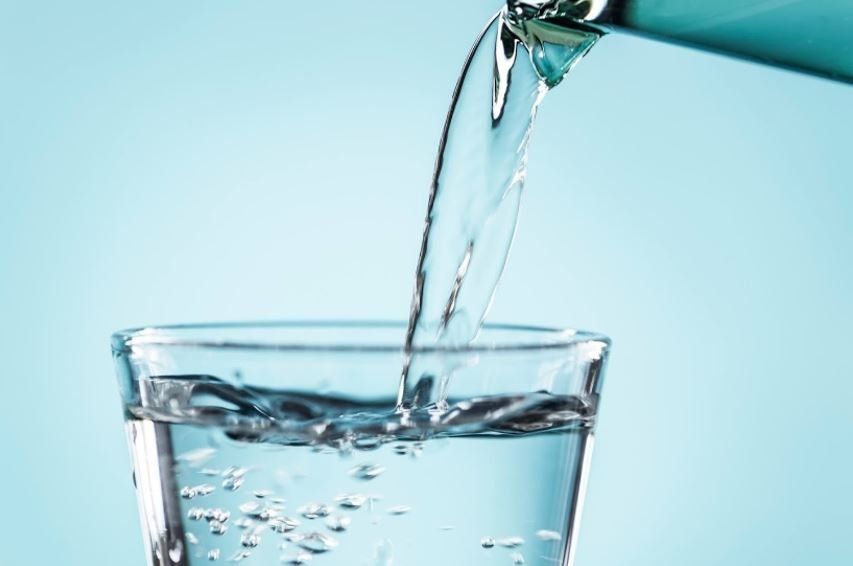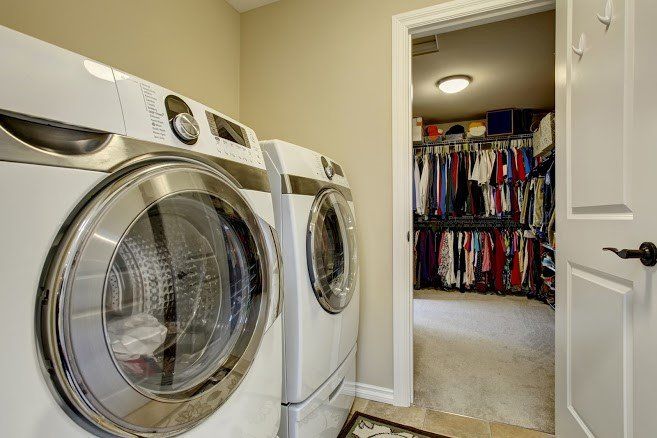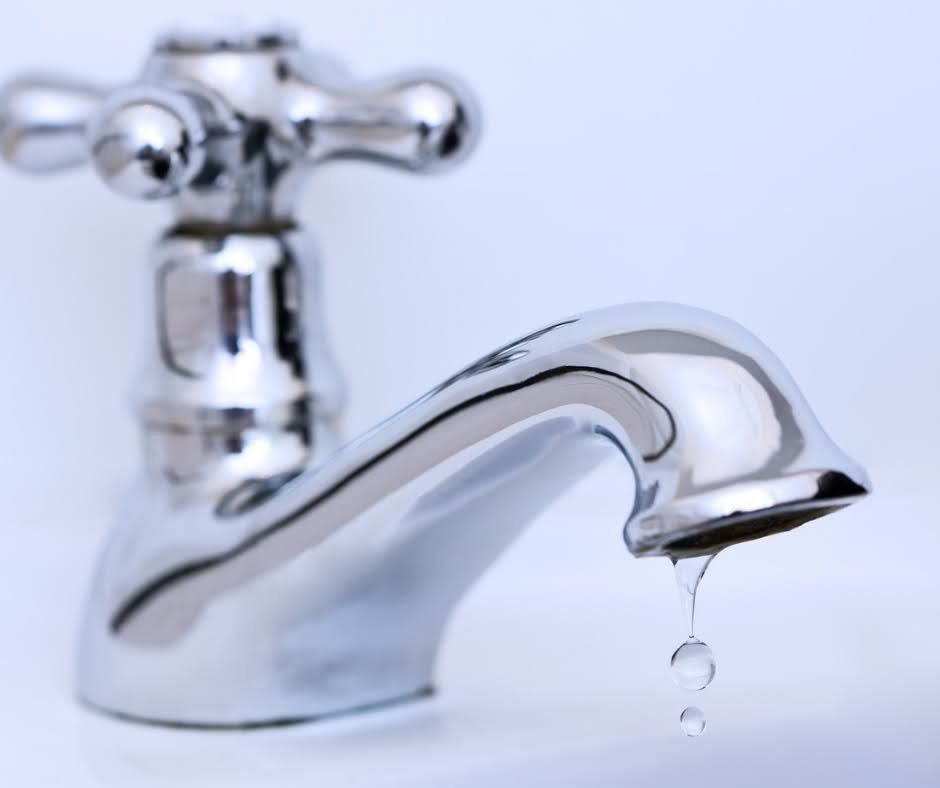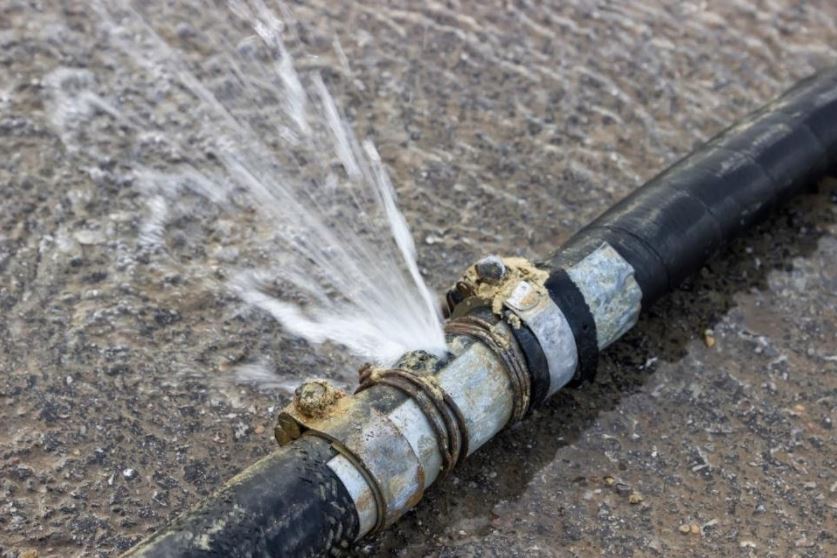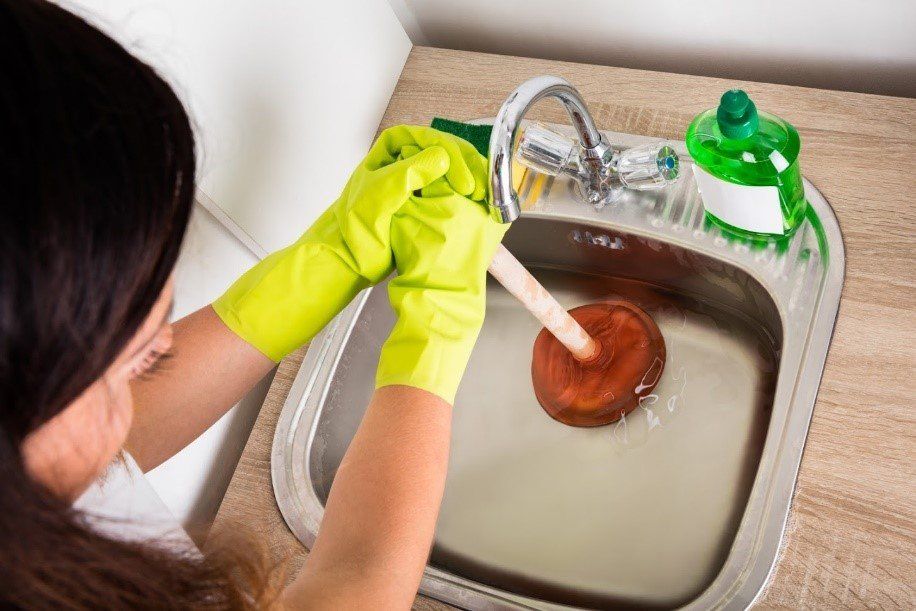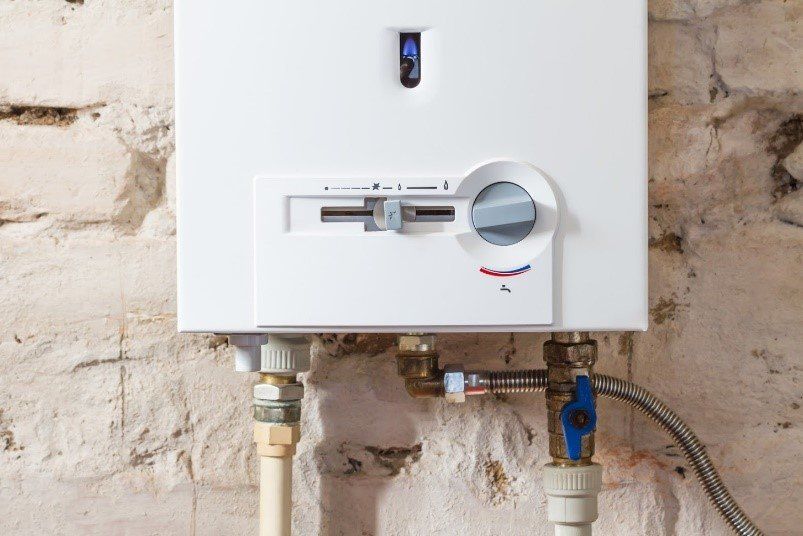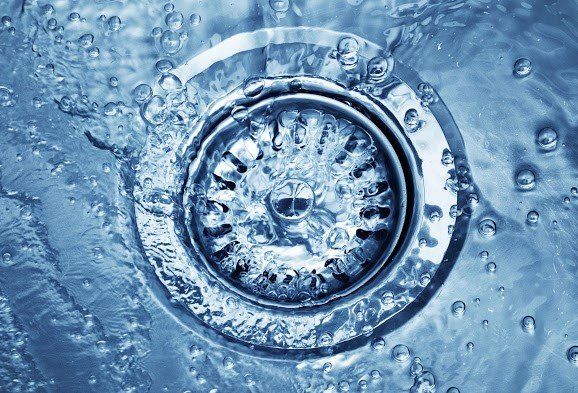Potential Garbage Disposal Issues From Neglect or Misuse
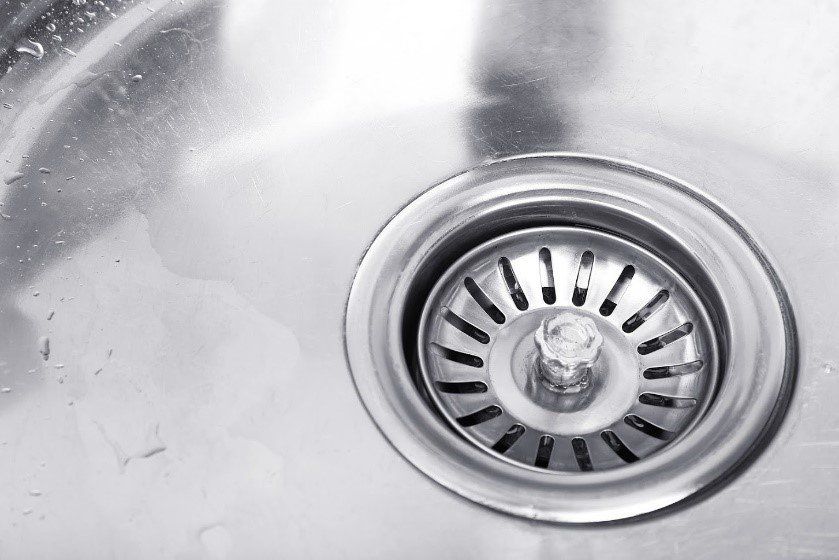
A kitchen garbage disposal is a relatively carefree appliance, but it does require correct usage and occasional maintenance for best operation. Incorrect usage or neglect could result in immediate or long-term issues.
Discover some potential issues your garbage disposal could develop if you neglect or misuse it.
1. Leaks
A garbage disposal can leak from one of several main areas:
- Around the connection to the sink
- Around the connection to the drain
- At the reset button
- Through the sidewall of the disposal
Any of these leaks can cause water damage under your sink, but some leaks cost more to repair than others. For instance, if the disposal is leaking at the drain connection, it may simply need the connection tightened. If it's leaking through the sidewall of the disposal, though, the body of the disposal has likely sustained significant damage.
Neglecting the disposal may lead to water damage if you don't notice and repair a failing connection. For instance, a seal made by plumber's putty may not last forever and you may need to replace it.
Misuse of the disposal can cause damage to the body of the disposal or cause connections to leak. If you pour boiling water down the disposal, for instance, it could loosen the connections if you have PVC drainpipes.
2. Smells
Everyday disposal use can lead to smells of old food scraps, which is why you should clean out and deodorize your disposal occasionally. If you neglect to do this, you may end up with more powerful smells, and you may need to give your disposal a deep clean to remove any built-up grime and debris.
The drain where your garbage disposal is located could also start to suddenly smell bad due to another problem with the plumbing (such as blocked plumbing vents). If conventional deodorizing methods don't work, you could have this type of issue on your hands, so be sure to call a plumber for an inspection.
3. Jams
A jammed garbage disposal is typically pretty straightforward: you likely dropped something in there that it can't chew up. You can often tell the disposal is jammed because it won't grind but will make a humming sound. But keep in mind that this symptom can also occur if the disposal has a motor problem, such as overheating.
If your disposal is jammed, the safest course of action is to switch it off and call a plumber. But whatever you do, never reach into the disposal to try and fish out an object from inside the impellers.
4. Backups
A backed-up garbage disposal drain is probably one of the easiest problems to get if you overuse and under-clean your disposal. The more often you use the disposal, the more no-no items you might put down it (such as grease). And the more you ignore the drain it connects to, the more likely you are to get a clog.
Some of the items you should never put down your garbage disposal include:
- Solid or woody items like bones or fruit pits (these can also cause a jam)
- Stringy items such as celery
- Starchy items like potato peels, pasta, and beans
- Eggshells
- Coffee grounds
- Grease, oils, or other fats
All of the items on this list should never go down any of your other drains either because they could clog your drainpipes or sewer drain line too.
These are some of the common issues that neglect and misuse can cause or exacerbate. However, some of these issues can also arise for other reasons (such as when a plumbing vent clog makes your disposal stink).
If you need to schedule garbage disposal repairs, or if you're not sure what's going on and need a professional opinion, call Scott’s Plumbing today. We've been helping homeowners with plumbing issues for years, and we'd love to help you out as well.
